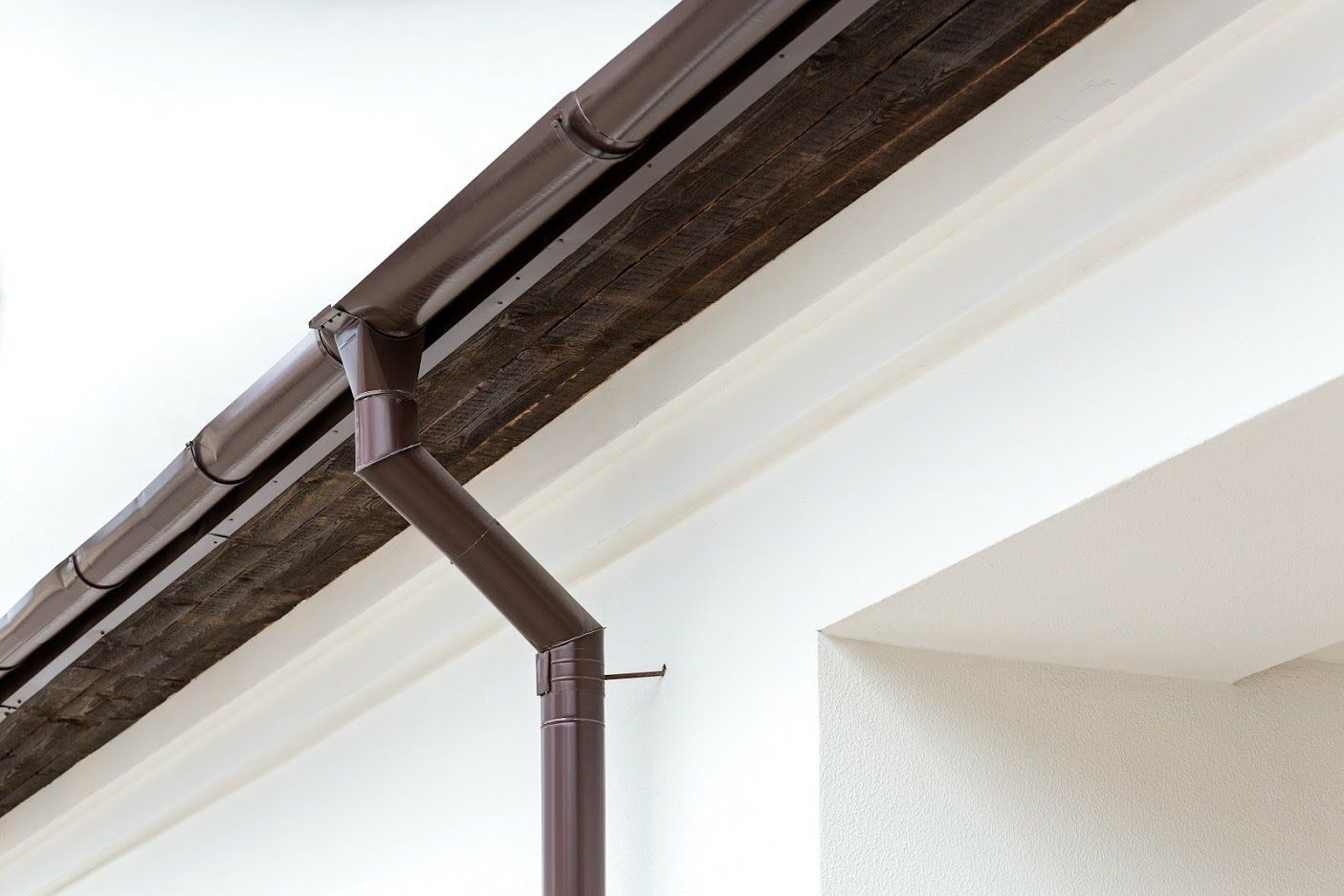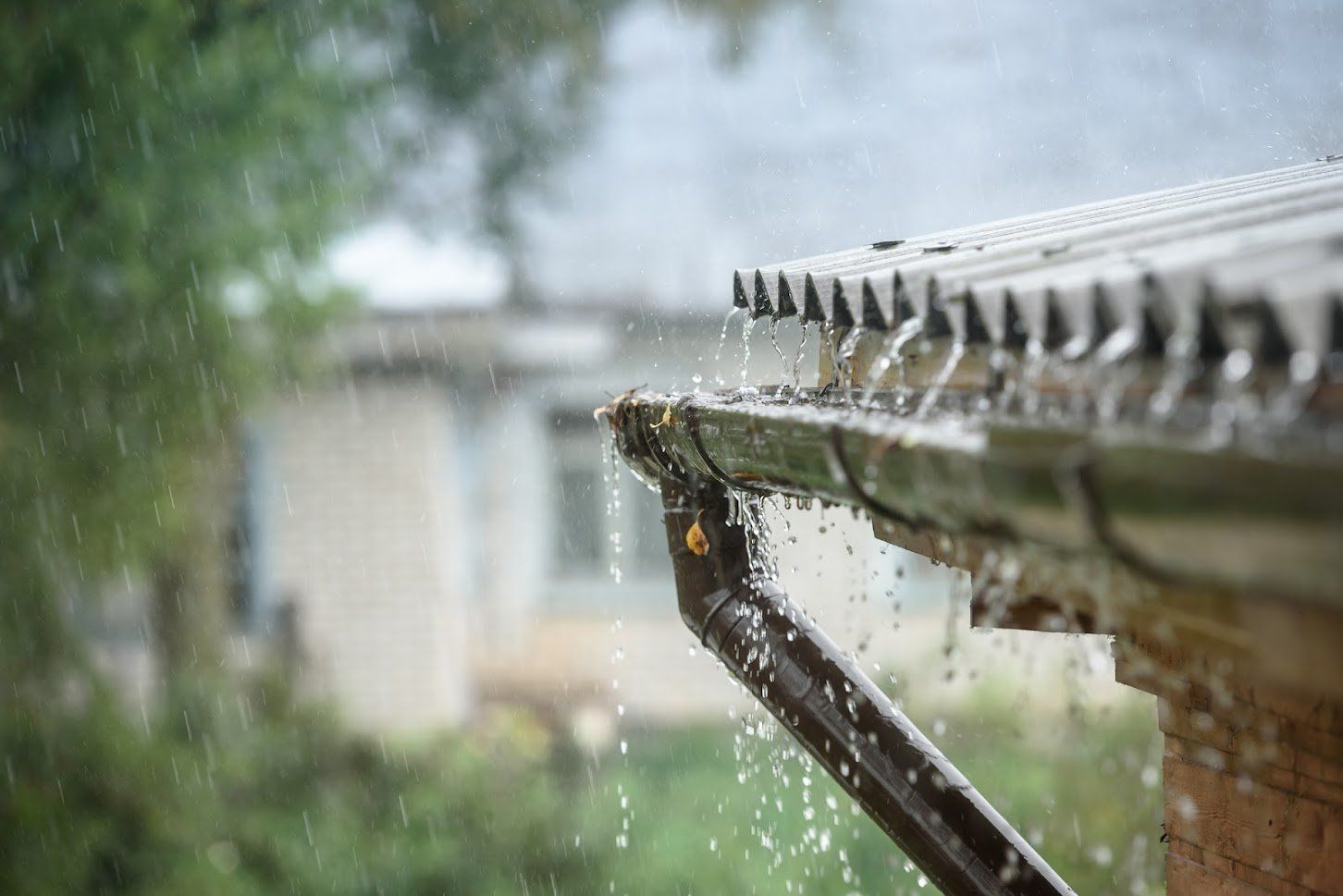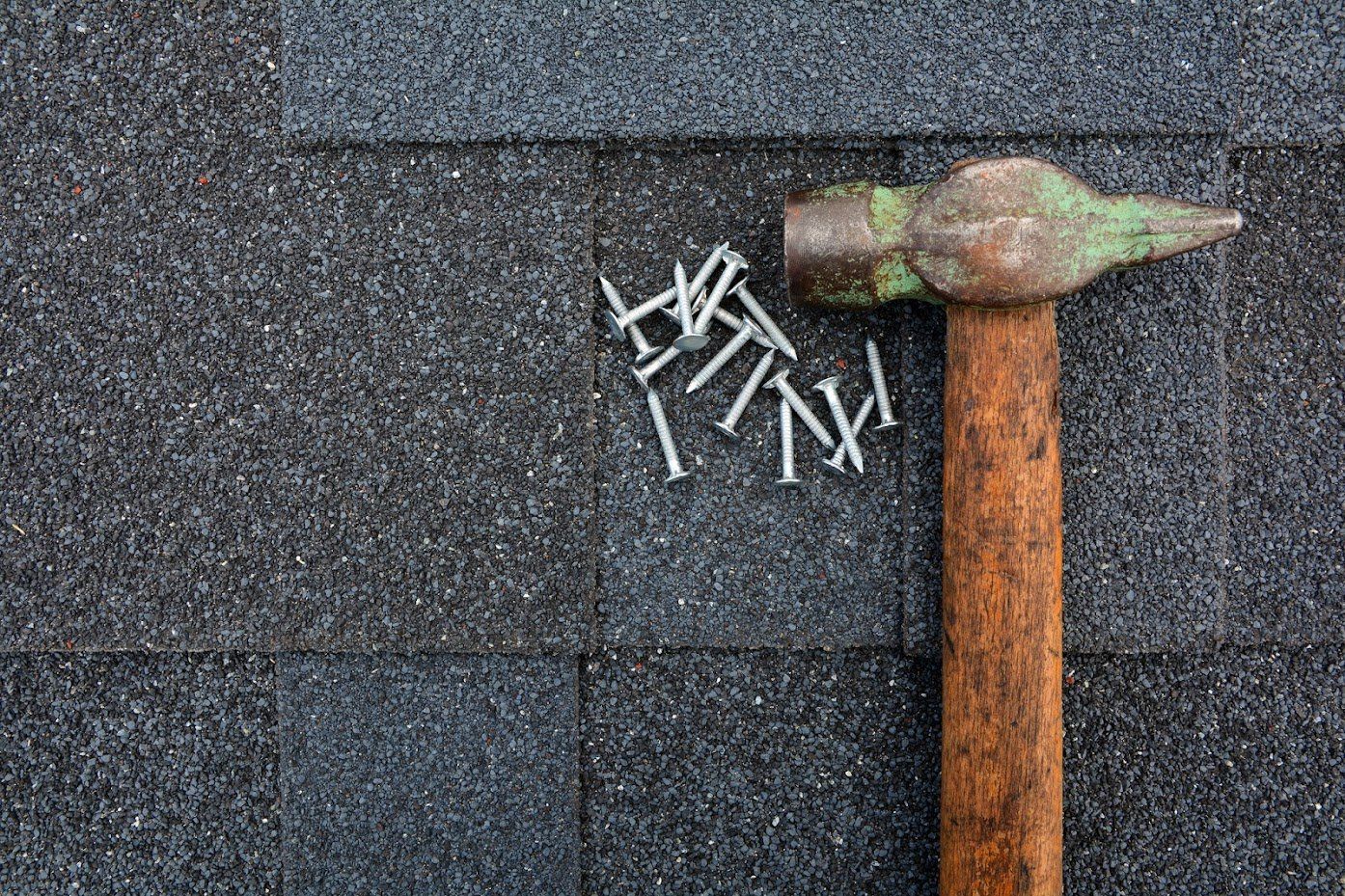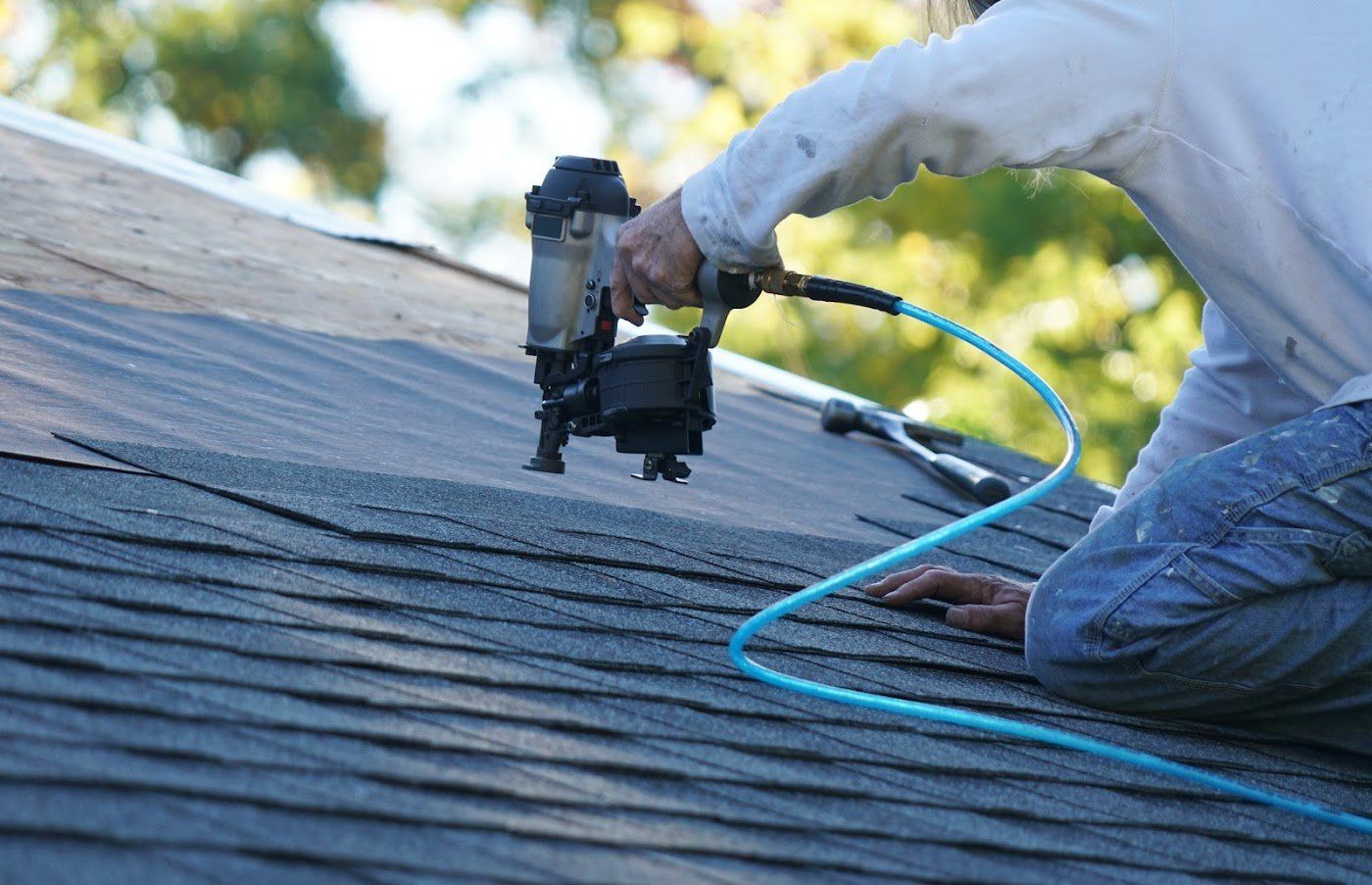What Are the Most Common Gutter Problems?
- By Admin
- •
- 26 May, 2021

Your gutters play an important role in protecting your home's siding and foundation from precipitation damage. Gutters will often perform their job silently and without issue for months at a time, but they will eventually need maintenance like any other part of your home. Here are four examples of problems that can arise with your gutters and how you can handle them.
1. Clogged Gutters and Downspouts
Trees near your home provide natural shade and beautify your yard, but they aren't as appealing for your gutters. Leaves and twigs from nearby trees are one of the most frequent sources of gutter clogs. Limbs hanging too close to your roof also make it easier for squirrels and other pests to access your roof and build a nest that can block your gutters.
Cleaning your gutters at least twice a year is the best way to minimize clogs and remove any that are already present. Many homeowners prefer to clean their gutters before the autumn season starts and again in the spring after any ice and snow have melted off. You can also consider gutter guards, devices with slats or a mesh covering that only allows water to enter your gutters and downspouts.
2. Holes and Leaking Seams
Sometimes you may notice water dripping from your gutters in areas other than your downspouts. Gutter leaks can occur due to worn seams between sections as well as holes in the gutters themselves. Rust can eat holes through steel gutters, and gutters made of thinner materials like aluminum can be punctured by tree branches and falling debris.
You may be able to patch holes in your gutters with roofing cement and a metal patch, depending on the size of the hole and the severity of the wear. Be sure to use a patch made from the same metal as your gutters to avoid electrolytic corrosion. Worn seams often must be repaired by replacing one or both sections of gutters near the seam, so this is a task that is best left to a professional contractor.
3. Loose Gutters
Sagging gutters are more than an unattractive blemish on your home's exterior. Gutters that are loose can potentially fall and cause injury to people or pets below. There are several problems that can cause loose, sagging gutters; common examples include high winds, heavy debris in the gutters, and rust around gutter hangers or spikes.
Sometimes it can be difficult to notice that your gutters are loose unless you inspect them during rainfall. Sagging gutters may allow water to escape on the back side between the gutter and your roof. A roofing contractor can replace loose sections of your gutters and install heavy-duty hangers to reduce the likelihood that they will come loose again in the future.
4. Short Downspouts
Without downspouts, all the water that rolls off your roof would simply collect in the soil around your foundation. This creates a problem because the soil swells as it becomes saturated, which in turn places increased pressure on your foundation walls. Downspouts deliver water away from your foundation to prevent this pressure buildup and protect your foundation from cracks and potential structural failure.
If the downspouts installed on your home aren't long enough to keep water from pooling around your foundation, they essentially serve no purpose. Fortunately, you can install downspout extensions to ensure that your gutter system is doing its job. Popular options include flexible hose extensions for routing around corners and roll-out extensions that extend during rainfall and automatically retract when dry.
Knowing how to identify and address common gutter problems will give you peace of mind that your home is protected in any weather. Use these tips to assess the health of your gutters, and contact Ratliff Enterprises Inc for all your roof and gutter repair needs!
1. Clogged Gutters and Downspouts
Trees near your home provide natural shade and beautify your yard, but they aren't as appealing for your gutters. Leaves and twigs from nearby trees are one of the most frequent sources of gutter clogs. Limbs hanging too close to your roof also make it easier for squirrels and other pests to access your roof and build a nest that can block your gutters.
Cleaning your gutters at least twice a year is the best way to minimize clogs and remove any that are already present. Many homeowners prefer to clean their gutters before the autumn season starts and again in the spring after any ice and snow have melted off. You can also consider gutter guards, devices with slats or a mesh covering that only allows water to enter your gutters and downspouts.
2. Holes and Leaking Seams
Sometimes you may notice water dripping from your gutters in areas other than your downspouts. Gutter leaks can occur due to worn seams between sections as well as holes in the gutters themselves. Rust can eat holes through steel gutters, and gutters made of thinner materials like aluminum can be punctured by tree branches and falling debris.
You may be able to patch holes in your gutters with roofing cement and a metal patch, depending on the size of the hole and the severity of the wear. Be sure to use a patch made from the same metal as your gutters to avoid electrolytic corrosion. Worn seams often must be repaired by replacing one or both sections of gutters near the seam, so this is a task that is best left to a professional contractor.
3. Loose Gutters
Sagging gutters are more than an unattractive blemish on your home's exterior. Gutters that are loose can potentially fall and cause injury to people or pets below. There are several problems that can cause loose, sagging gutters; common examples include high winds, heavy debris in the gutters, and rust around gutter hangers or spikes.
Sometimes it can be difficult to notice that your gutters are loose unless you inspect them during rainfall. Sagging gutters may allow water to escape on the back side between the gutter and your roof. A roofing contractor can replace loose sections of your gutters and install heavy-duty hangers to reduce the likelihood that they will come loose again in the future.
4. Short Downspouts
Without downspouts, all the water that rolls off your roof would simply collect in the soil around your foundation. This creates a problem because the soil swells as it becomes saturated, which in turn places increased pressure on your foundation walls. Downspouts deliver water away from your foundation to prevent this pressure buildup and protect your foundation from cracks and potential structural failure.
If the downspouts installed on your home aren't long enough to keep water from pooling around your foundation, they essentially serve no purpose. Fortunately, you can install downspout extensions to ensure that your gutter system is doing its job. Popular options include flexible hose extensions for routing around corners and roll-out extensions that extend during rainfall and automatically retract when dry.
Knowing how to identify and address common gutter problems will give you peace of mind that your home is protected in any weather. Use these tips to assess the health of your gutters, and contact Ratliff Enterprises Inc for all your roof and gutter repair needs!



















